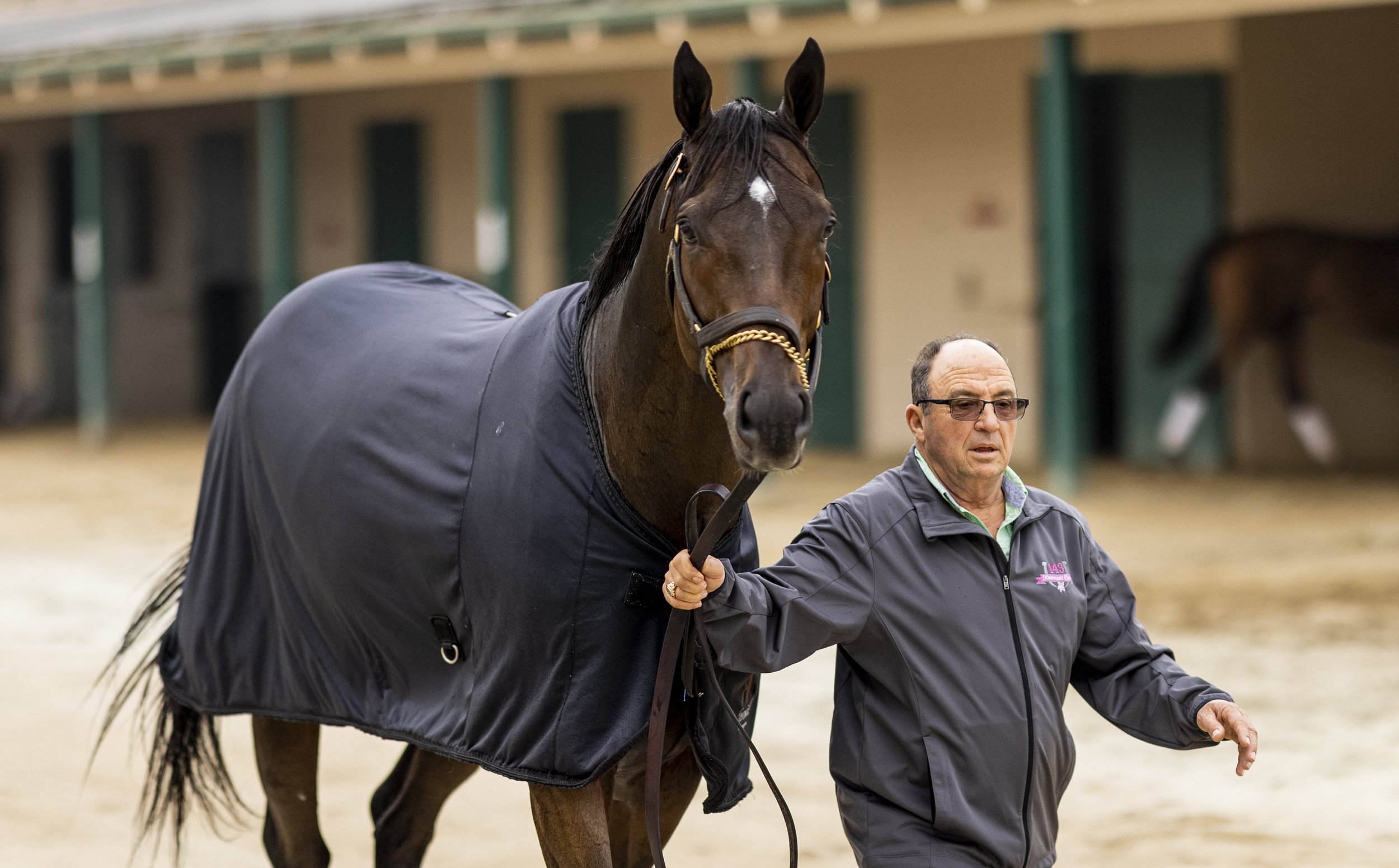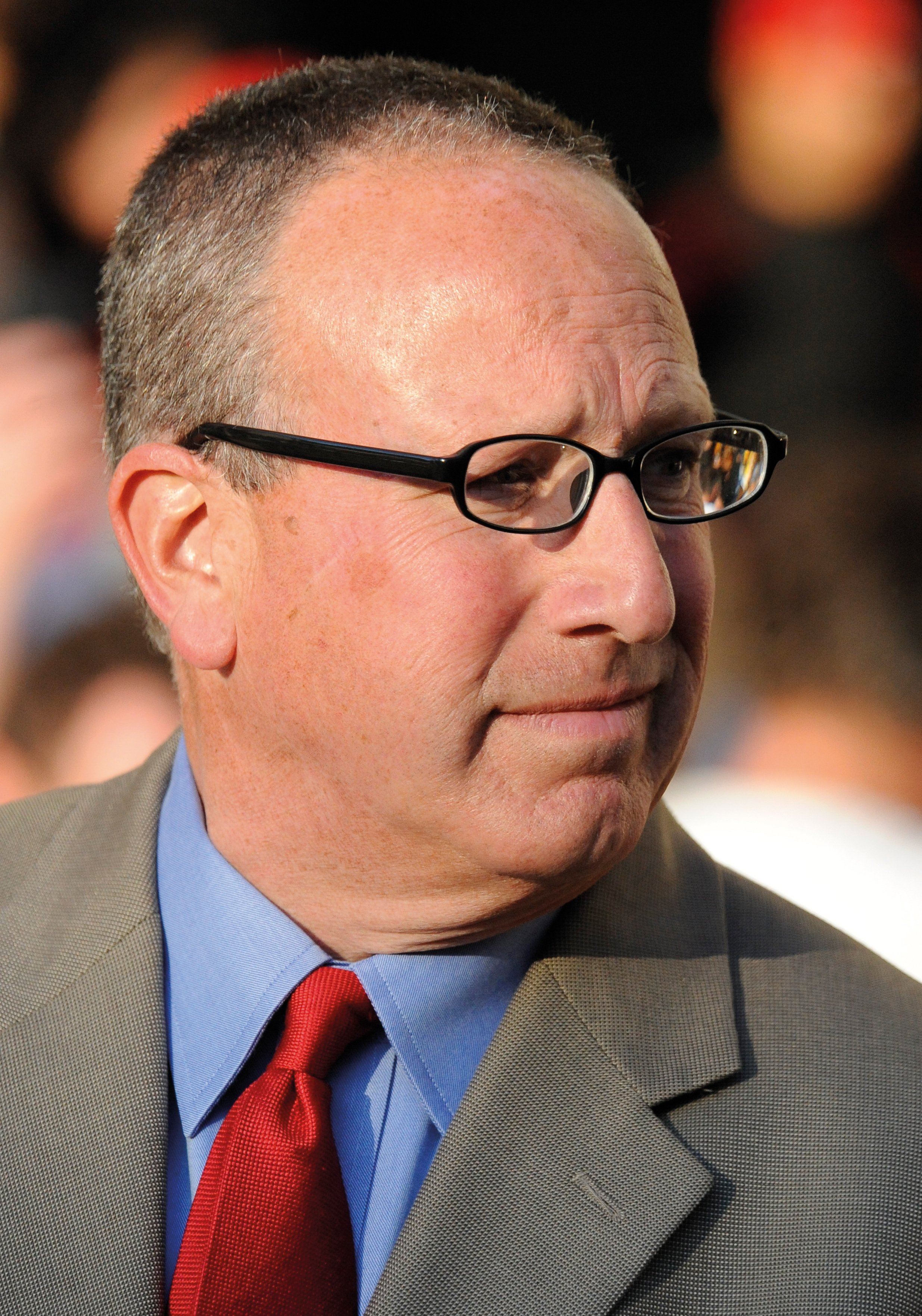#Soundbites - Why are the average number of starts and field size declining annually?
Article by Bill Heller
The 2024 Jockey Club Fact Book showed that the average field size run in 2023 races was 7.40, down from 7.59. Thoroughbreds’ average number of starts also dipped from 6.01 to 5.87. Back in 1990, the average field size was 8.91 and the average number of starts 7.94. Why are the average number of starts and field size declining annually?
Todd Pletcher
I think the number starts, in a lot of cases, is management. I think over the years trainers have become more conservative about how many starts horses have with more time between races. More rules about when you can train your horses may be a factor. And the foal crop is having an absolute impact.
Dale Romans
That’s a good question. It’s above my pay grade. I’d say the reduction in foals every year. Also, it’s a lot more difficult to run a horse. More horses are scratched by veterinarians.
Barclay Tagg
The horses just aren’t as hardy as they used to be. Justify, he ran six times and he’s one of the leading sires in the country. And he didn’t start until his three-year-old season. You can’t do basic therapy anymore. These horses are athletes and you need to take care of them. You’ve got to be able to train your horses. They make it really hard. You can’t pinfire your horses’ shins. You can’t blister a horse any more. Horses don’t even feel that. It’s about the calmest thing you can do. They’ve got the wrong people making these decisions.
Wayne Catalano
It’s very simple. The foal crop has been down for a long time. It should be 40,000 (In 1990, it was 40,333; last year an estimated 17,200). Obviously, it’s going to catch up with us. Also, you’ve got the new ruling body. It’s a different game these days. You have people coming up that don’t know how to take care of horses.
Brian Lynch
Is it the foal crop? That would be my answer to that. There’s always concern that the tracks haven’t been the best. There have been more breakdowns than I’ve ever seen. More to the point, it’s the foal crop.
Mark Casse
I think it’s pretty simple. I run over a thousand starts a year. I have to enter over 3,500 times to do that. I would have 50 percent more starts if there were races for me. That tells you. I’m lucky because we have options. I can look at different tracks. But I can have 15 horses in my barn with no races for them.
When I first started, they didn’t publish every trainer’s statistics. They’re all worried about their percentages. Their horses stay in the barn.
The other thing, in my opinion, the state programs have really hurt, and I’ll tell you why. Fifteen, maybe 20 years ago, I went to California, I never got a long maiden long race. The Cal-bred horses did. That’s another factor.
Ron Ellis
The truth is with HISA coming in and veterinary restrictions, we can’t run the horses as often as we used to. All the restrictions and all the veterinary requirements, including expensive scans we’re under now, are certainly one of the reasons. We have a lot more restrictions.
Karl Broberg
Golly, where do you begin? I was looking at the Fact Book last night, and what I was most concerned with was looking at foal crops by region. I began shaking my head. Every region is down. In the future, there’s only going to be racing in Kentucky and New York. It’s returning to the sport of kings. I think what’s missed, due to the economics, is that people are giving up on horses much quicker. That’s a huge factor. Also, there are fewer opportunities.
Tom Proctor
Wow. You would need more than a sound bite. I’d be forever telling you why. I don’t have a say in how this business goes. There are people who win a zillion races and their opinions don’t matter.
#Soundbites - How are you complying with HISA regulations, and what additional steps are you taking to be compliant?
Words - Bill Heller
Michael Matz
I don’t think we have any choice. It is what it is, and you have to do it. It’s extra work, but it makes a fair playing field. This is what we have to do. I’m sure there are a lot of glitches that will have to be worked out. We just have to comply. I hope it makes a big difference. With the bunch of people caught (cheating), it should have been done a long time ago.
Richard Mandela
I’m lucky I’ve got my son helping. He showed me yesterday what we will be doing: a lot of recording information—we’re already doing at Santa Anita, ever since a couple years ago when we had problems with horses breaking down. It’s a great improvement, but it involves a lot of recording, inspections, checking, double checking, triple checking. It’s a pain in the neck, but it’s working.
Dale Romans
I’m going to hire a person to do all the HISA stuff. I’m going to put him on staff. I can’t do it myself. I’m going to have an open mind about HISA, but I think there’s going to be some unnecessary repetitive work. They’ll have to figure that out.
Bruce Levine
Bruce Levine
I haven’t registered yet (as of June 9). I’m going to look at it next week. My wife will do that for me. I’m all for uniform rules, but some of the smaller tracks may have a problem. It’d be nice to have uniform rules. I just don’t know how much horse knowledge they have. They should have had people on the backstretch asking questions.
Joe Sharp
Basically, it’s been a learning process for everybody. We’re trying to follow the guidelines that they’re giving us. It seems all the kinks haven’t been worked out yet. We’re waiting for changes in a couple of things. We’re registered and trying to sort through what they’re asking. There’s a little lack of clarity in some areas. I think we’re all trying to do the right thing.
Mike Stidham
First of all, I’m complying by just filling out the forms for myself and my horses. It’s quite a bit of data and a lot of paperwork. Everything they’re asking trainers to do has to be documented—what we did, what the vets did. I think there’s a redundancy. Whether or not this is the answer to solve many of the problems of the industry remains to be seen. We’re all going to find out after a period of time.
Wayne Catalano
I don’t know what to think, to tell you the truth. We’ll do whatever we have to do. I don’t know what difference it’s going to make. People can get around a lot of things.
Pat Kelly
I don’t think we need it. The little guys don’t need it. I only have two horses. We’ve already done a lot of this with the National THA (National Thoroughbred Horsemen’s Association). They want people to do all this, but there’s no funding for it. It’s another layer of government bureaucracy we don’t need. I just don’t see everyone doing this by July 1. They may have to push the date back. I’ll sign up if I have to.
Ron Ellis
It’s not a great thing when government gets involved. It seems like a lot of unnecessary red tape. My owners are grumbling. They all have to do paperwork. We’ll see how it works out.
#Soundbites - trainers - horses had the fewest number or average starts per year - smallest field size
By Bill Heller
The new Jockey Club Fact Book showed 2019’s average field size dropped again to 7.24, and 2019’s starts per runner dropped again to 5.96. Both numbers are the lowest since at least 1950. Does that concern you?
Todd Pletcher
It does concern me. There’s a concern that today’s horses aren’t as durable as they were in the past. We need increased field size to increase handle. That’s a worry. But we also want to try to lessen breakdowns, and trainers are spacing races out more to make sure their horses are ready to run an optimal performance. We found over the years that horses, especially after hard races, need more time. It’s a complicated issue. It’s a constant learning curve. Each horse is different. Certainly we see that when we approach Triple Crown races for three-year-olds.
Neil Drysdale
Neil Drysdale
It does, obviously. It keeps contracting. We know that from the foal crops. It leads to us to say we should have less racing to get better field size. I think it will happen. When I started, we didn’t have year-round racing. Racing has been proliferating, but the boutique meets have done so well: Keeneland, Del Mar, Saratoga, Hot Springs.
Tom Albertrani
Tom Albertrani
It’s interesting to hear statistics about it. Am I concerned? I don’t think so. I think we’re still a pretty strong industry. I know there’s been a lot of smaller fields the last couple of years.
Ron Moquett
Ron Moquett
Not where I’m at. I go to the track at Remington Park, Oaklawn Park and Keeneland. They offer some of the largest field sizes there are. If you look it up, I think Remington is No.1, and Oaklawn is No. 2. That’s where I race most of my horses. I like bigger fields for handicappers to bet on. It’s easier to win races when they’re less, but I like people to see big fields with good horses.
Tony Dutrow
Yes. No. 1, I’m not surprised. It’s been alarming me for a number of years. Horses are not as sound. The reasons for the drop in starts, in my opinion, is that racing’s become enormously commercial. When I was so much younger, more breeders bred horses to race them much more than they do today. The people that have the funds fuel this game. The people who fuel the game need good broodmares. Then they breed them to a successful stallion. They spend a lot of money. And then they’re going to sell that horse at a sale. They’re not going to keep that horse running in the field with his buddies. That has a lot to do with why horses have less starts.
John Shirreffs
John Shirreffs
It does not really concern me. When I first was working on the racetrack as a hotwalker/ponyboy, Laffit Pincay was just beginning to ride. The rumor was that if you use him, you wouldn’t be able to run your horse again for 30 days because he got everything out of the horse. Now all the jockeys are like Laffit. Jockeys are now fitter, stronger and ride harder from gate to wire. I think the horses are asked to do more, so recovery takes a little longer. Horses are also carrying a lot more weight than they ever did. There used to be weight allowances. Look at the scale of weights. Much higher.
Wayne Catalano
Of course it concerns me. We’re running out of horses. We’re not breeding as many horses as we used to. I don’t know the numbers, but it’s finally catching up with us. Field size is handle, right? We get paid by the handle.

















